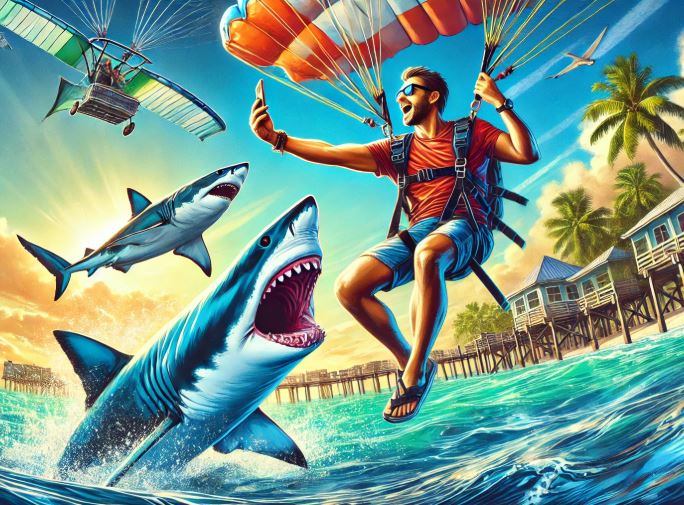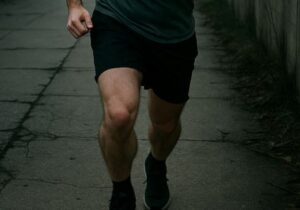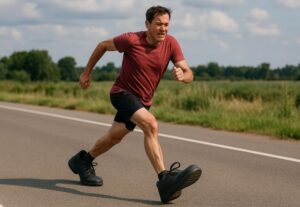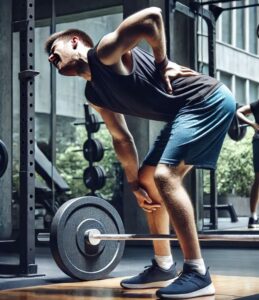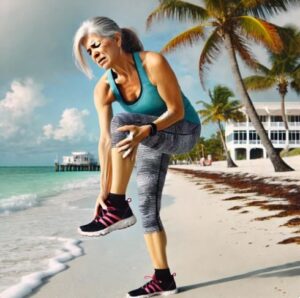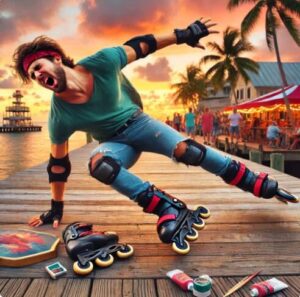Share this post
Selfie Injury Epidemic Explained by Dr. Jason Pirozzolo
Since 2014, the rise of smartphone use and social media platforms has given birth to a surprising trend in healthcare: the “selfie injury epidemic.” This growing phenomenon has led to an increasing number of patients seeking urgent care for injuries sustained while taking selfies. From minor sprains to severe trauma, these injuries are a stark reminder of the unintended consequences of chasing the perfect shot. Dr. Jason Pirozzolo, a prominent figure in sports medicine and injury prevention, weighs in on the risks and solutions associated with this modern epidemic.
“Selfies are a global phenomenon, but they come with hidden risks,” explains Dr. Jason Pirozzolo. Many injuries occur because people are distracted, prioritizing their phone screen over their surroundings. Falls are among the most common causes, often resulting from attempting selfies in precarious locations like cliffs, rooftops, or even crowded urban settings. “When you’re focused on framing the perfect photo, you’re not paying attention to potential hazards,” says Dr. Pirozzolo.
Alcohol is another factor contributing to selfie-related injuries. Many incidents take place during vacations, celebrations, or nights out, where individuals may not exercise the same caution as they would otherwise. Alcohol can impair judgment and balance, increasing the likelihood of mishaps. “Alcohol and risky behavior often go hand in hand,” notes Dr. Jason Pirozzolo. “Adding a phone into the mix only compounds the danger.”
Extreme Selfies
One notable trend is the rise in injuries caused by “extreme selfies.” These are photos taken in dangerous locations, such as train tracks, tall buildings, or near wildlife. The desire to capture a unique or daring image for social media has led to numerous accidents, some even fatal. “It’s the thrill of pushing boundaries that drives many of these behaviors,” says Dr. Jason Pirozzolo. “But the risks often outweigh the reward.”
Healthcare professionals have taken notice of this trend. Some urgent care centers have even begun tracking “selfie-related injuries” informally, citing cases such as twisted ankles from tripping on uneven terrain, facial injuries from phone drops, and more severe trauma like fractures from falls. While these injuries may seem minor at first, they can lead to long-term complications if not treated promptly. “Timely medical attention is crucial for preventing complications,” emphasizes Dr. Jason Pirozzolo.
Preventing selfie-related injuries starts with awareness. Recognizing the potential hazards of certain environments is a key step toward staying safe. Dr. Jason Pirozzolo advises individuals to assess their surroundings before taking a selfie, particularly in unfamiliar or high-risk locations. “It’s about pausing for a moment and asking yourself, ‘Is this worth the risk?’” he explains.
Additionally, technology can play a role in reducing injuries. Accessories like selfie sticks or tripods provide greater stability, reducing the need to balance precariously while holding a phone. These tools also allow individuals to step back from dangerous edges or environments. “Using the right tools can make all the difference,” notes Dr. Jason Pirozzolo.
Public Awareness
Education is another critical component of prevention. Public awareness campaigns that highlight the dangers of risky selfies have already been implemented in countries like India, where selfie-related deaths are particularly high. These initiatives include designated “no-selfie zones” in high-risk areas. “Awareness campaigns are a step in the right direction,” says Dr. Jason Pirozzolo. “They remind people to think twice before taking unnecessary risks.”
For those who have sustained selfie-related injuries, recovery often depends on the type and severity of the trauma. Sprains and minor fractures may require physical therapy and rest, while more severe injuries could necessitate surgical intervention. Regardless of the injury, Dr. Jason Pirozzolo emphasizes the importance of seeking professional care. “Even seemingly minor injuries can have long-term consequences if not addressed properly,” he warns.
Selfie injuries also highlight a broader issue: the role of distraction in accidents. Whether walking into traffic, tripping on uneven ground, or ignoring safety warnings, distraction is a common thread in many of these cases. Reducing distractions and staying mindful can prevent not only selfie-related injuries but also a wide range of other accidents. “It’s about staying present in the moment,” says Dr. Jason Pirozzolo.
As the selfie trend shows no signs of slowing down, healthcare providers continue to adapt. Some urgent care centers have implemented specific protocols for treating these injuries, ensuring that patients receive comprehensive care. Meanwhile, advancements in technology, such as augmented reality and enhanced phone features, may offer future solutions to minimize risks.
The “selfie injury epidemic” serves as a cautionary tale about the intersection of technology, behavior, and safety. While selfies are a fun and creative way to document life’s moments, they should never come at the expense of personal well-being. “Enjoy the moment, but don’t let the quest for the perfect photo put your health at risk,” advises Dr. Jason Pirozzolo.
For more insights into injury prevention, trauma care, and advancements in modern medicine, follow Dr. Jason Pirozzolo. His expertise can help you navigate the path to better health and recovery. You may also contact a Key West orthopedic clinic for more information.

